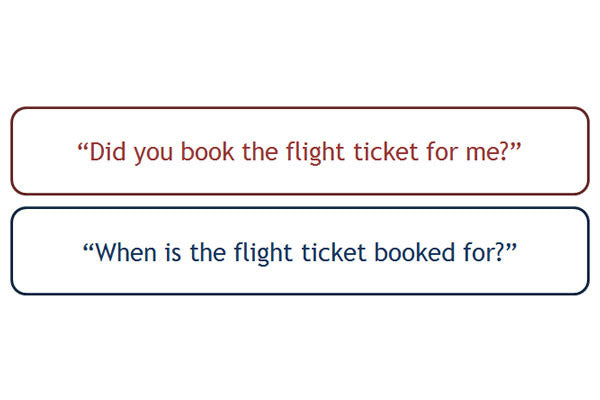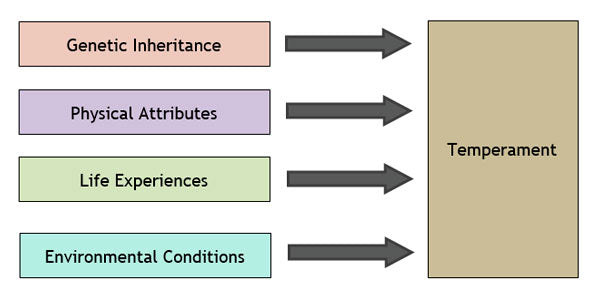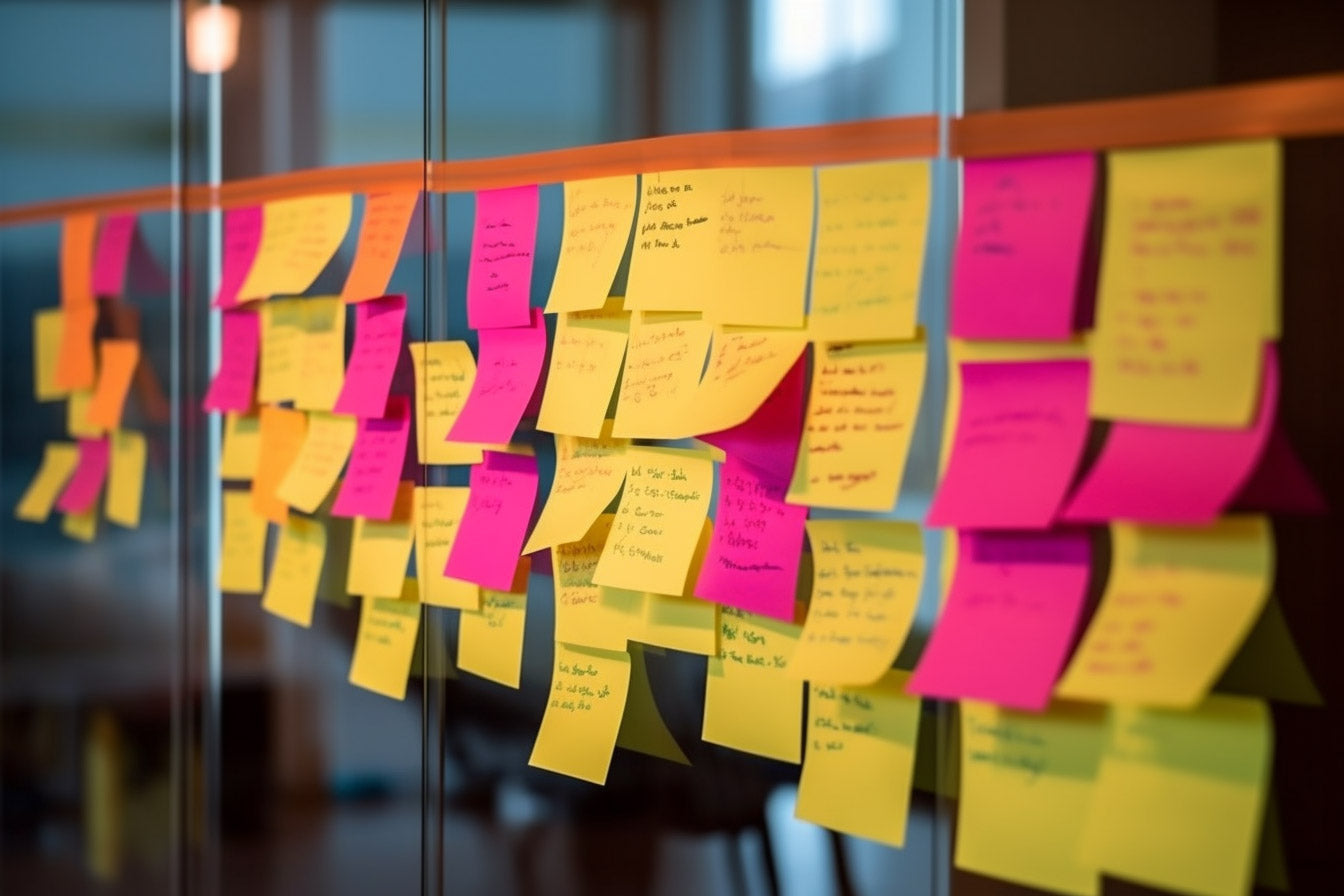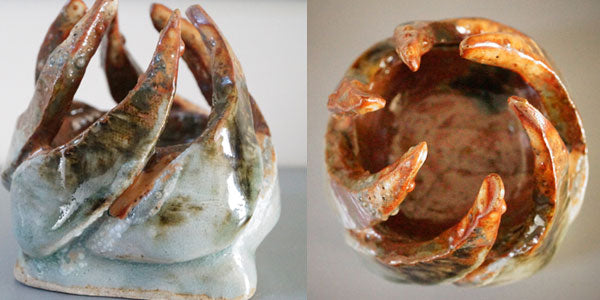Purpose
This activity helps delegates understand the difference between open and closed questions. It is a rather simple exercise however if executed well it can lead to a profound insight. Those people who tend to ask closed questions too often would benefit the most as they can see that they would get a lot more information if they focused on asking open questions. Before going through this activity, you will need to cover what open and closed questions are. Here are some quick examples:
Example of a closed question:
- “Did you book the flight ticket for me?”
Example of an open question:
- “When is the flight ticket booked for?”
Note that both types are useful; open questions are useful for information gathering while closed questions are good for fact checking. The main point to focus on in this exercise is that open questions lead to more information.
Objective
Practice asking open and closed questions.
What You Need
- Cards. You need two cards for each delegate. You must prepare the cards before the course. On each card write a word for an object such as “glass”, “car”, “phone”, “stylus” and “wheel”.
Setup
- Divide the delegates to pairs. If you have an odd number of delegates use a group of 3.
- Ask each group to nominate who would start asking questions and who would answer them.
- Give one card at random to the person in each group who will be answering. Explain that each card is unique. Make sure they don’t show their cards to anyone else.
- In each pair, ask the other person in the group to ask “closed questions” to guess the word written on the card. The person who is answering should reply accordingly and make sure the right type of question has been asked.
- Allow 10 minutes for this part or when all groups have finished.
- Collect the cards and put them in a different pile.
- Swap roles and give a new card to the person who was previously asking questions.
- Get delegates to go over a similar exercise while asking closed questions in order to guess the word.
- After 10 minutes collect the cards.
- Swap roles again and give a new card to each group. This time the person who is asking questions should only ask open questions. The only rule is that they cannot ask a direct question about the word written on the card such as, “What is the object?” They can ask questions such as, “What is it made of?”, “What colour is it?”, “What is the use?” and so on.
- The person who is answering should not answer any accidental closed questions and should highlight this to the questioner to ask a new question.
- Allocate 5 minutes. Expect that this time the questioners find the answers much more quickly, which is the main point of the exercise.
- Collect cards, swap roles, give a new card and repeat the exercise one more time.
- Follow with a discussion to wrap up.
Timing
Explaining the Exercise: 5 minutes
Activity: 10 min * 2 rounds + 5 min * 2 rounds = 30 minutes
Group Feedback: 10 minutes
Discussion
Which type of questioning was faster? Did you ever ask the wrong type of question? Even when you were told to ask open questions, did you tend to ask closed questions automatically? What do you think of open and closed question? When would you consider using each type?
Soft Skills Training Materials
Get downloadable training materials
Online Train the Trainer Course:
Core Skills
Learn How to Become the Best Trainer in Your Field
All Tags
Training Resources for You

Course Design Strategy
Available as paperback and ebook

Free Training Resources
Download a free comprehensive training package including training guidelines, soft skills training activities, assessment forms and useful training resources that you can use to enhance your courses.

Our Comprehensive Guide to Body Language

Train the Trainer Resources
Get Insights - Read Guides and Books - Attend Courses
Training Materials
Get downloadable training materials on: Management Training, Personal Development, Interpersonal Development, Human Resources, and Sales & Marketing














Leave a comment
All comments are moderated before being published.
This site is protected by hCaptcha and the hCaptcha Privacy Policy and Terms of Service apply.